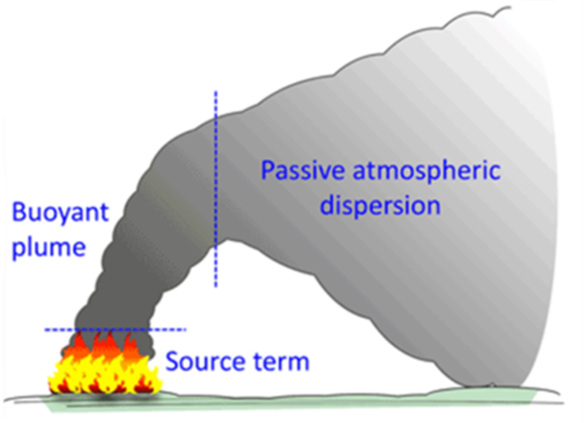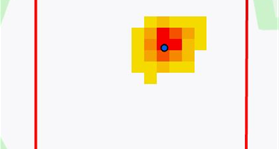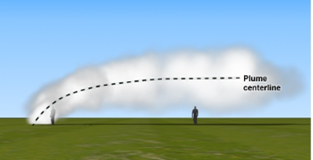ITPEnergised (part of SLR) is a trusted advisor with extensive experience in advising clients on battery storage technologies in standalone and colocation project configurations with solar PV farms and wind farms. In addition to techno-economic optimisation, grid connections, site layout designs, and owner’s engineer services through the life cycle we also specialise in the assessment of potential environmental and human health impacts from battery fires in a range of thermal runaway scenarios.
Why are we providing this service?
- BESS has a significant role in the transition to clean renewable energy with live applications for c.60GW of capacity versus 2GW of installed capacity in the UK alone.
- Battery cells CAN FAIL resulting in gas releases, explosions and fires and there is public concern of the risk.
- While there is no statutory obligation to assess the potential impacts of BESS fires, the National Fire Chiefs Council guidance note is referenced in the renewable and low carbon energy Planning Guidance and advises “a comprehensive risk management process assessment must be undertaken by operators to identify hazards and risk specific to the facility and develop, implement, maintain and review risk controls. From this, a robust Emergency Response Plan should be developed.”
How are we doing this?
- We calculate emission rates of hazardous gases and the source terms for the buoyant fire plume using battery thermal runaway test data and container-specific designs.
- We use Atmospheric Dispersion Modelling to predict downwind concentrations of hazardous pollutants using site-specific topography and meteorology.
Deliverables and Benefits for our clients
- Report and maps contextualising the risk of exposure of the Fire Services and wider population to harmful levels of pollution; inform PPE requirements for first responders, advise on evacuation zones and restrictions to access due to plume height and visible smoke plumes.
- The assessment can affect the design and layout. Early engagement with us can address development constraints and help you avoid additional costs and delays in programme.

The dispersion model undertakes a series of calculations to determine the initial buoyancy flux and momentum flux of the plume to calculate the plume height above the flame. The internal Gaussian model then simulates the dispersion of that plume in the atmosphere accounting for local meteorology, building effects and topography.

Concentration contours of toxic gases are presented to show where there are predicted exceedances of prescribed Environmental Assessment levels. The fire location can be modelled at different parts of the site to check for potential effects at off-site receptors. Calculations can be undertaken for a set of screening meteorological conditions, e.g. “What if…. ?”, or for several years of local hourly meteorological data to calculate annual averages and peak “worst-case” concentrations for a given site location.

The plume height and opacity (blackness) are calculated in a range of meteorological conditions to inform the Fire and Rescue Services about accessibility to the site and potential for road closures due to visibility restrictions. The information can form part of the Emergency Response Plan submitted with the planning application.
You can download a PDF of Assessment of the Potential Impacts of Fires at Battery Energy Storage System (BESS) sites here.
For more information, please contact Annie Danskin, Associate Director at annie.danskin@itpenergised.com. Information on other SLR safety services is available here https://www.slrconsulting.com/services/safety-advisory/
